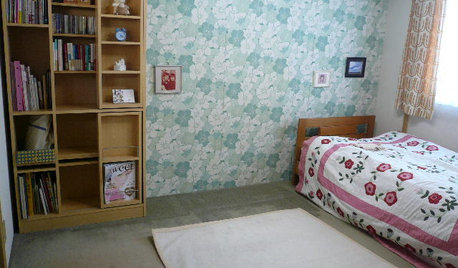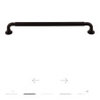Is the Magic Lung really magical?
sea_koz
11 years ago
Featured Answer
Comments (12)
chac_mool
11 years agotyguy
11 years agoRelated Professionals
Glens Falls Kitchen & Bathroom Designers · Hemet Kitchen & Bathroom Designers · Rancho Mirage Kitchen & Bathroom Designers · Salmon Creek Kitchen & Bathroom Designers · Winton Kitchen & Bathroom Designers · Plainview Kitchen & Bathroom Remodelers · Bay Shore Kitchen & Bathroom Remodelers · Oxon Hill Kitchen & Bathroom Remodelers · Country Club Cabinets & Cabinetry · Billings Cabinets & Cabinetry · Bonita Cabinets & Cabinetry · Little Chute Cabinets & Cabinetry · New Castle Cabinets & Cabinetry · Salisbury Cabinets & Cabinetry · Warr Acres Cabinets & Cabinetrythull
11 years agoclinresga
11 years agoattofarad
11 years agokaseki
11 years agoclinresga
11 years agobarjohng
11 years agokaseki
11 years agoVictor G
last yearkaseki
last year
Related Stories

COLORColor Magic: Tap Into Psychology to Better Use Blue at Home
OK, it's backed more by science than magic. But see how expert research can help you create powerful, even bewitching, interior effects
Full Story
KITCHEN DESIGNMagic Mirrors Emerge From Fairy Tales
Amazing advancements in computers, interfaces and glass point to a future in which smart surfaces are commonplace in the home
Full Story
GARDENING AND LANDSCAPINGThe 3 Ingredients of a Magical Night Garden
Conjure an enchanting scene with luminous plants and lighting that evokes just the right level of landscape mystery
Full Story

SHOP HOUZZShop Houzz: Inspired by a Magical Winter Night
Play with light furnishings against dark walls for an enchanting look
Full Story0

MOST POPULAR33 Magic Household Cleaning Tips
Houzzers from around the world share their tips for transforming housework into child’s play
Full Story
HOUSEKEEPINGThree More Magic Words to Help the Housekeeping Get Done
As a follow-up to "How about now?" these three words can help you check more chores off your list
Full Story
LANDSCAPE DESIGNExplore a Magical Restored English Garden
History comes alive in the gardens of a Rochester townhouse, filled with sculptural yew, a topiary parterre and an archway-draped pond
Full Story
BOOKSCan Tidying Up Result in Life-Changing Magic?
Organizing phenom Marie Kondo promises big results — if you embrace enormous changes and tough choices
Full Story
LANDSCAPE DESIGNGet Your Garden Moving for a Magical Mood
Use wind, water and wild creatures to add dimension and life to your landscape
Full StoryMore Discussions









sea_kozOriginal Author